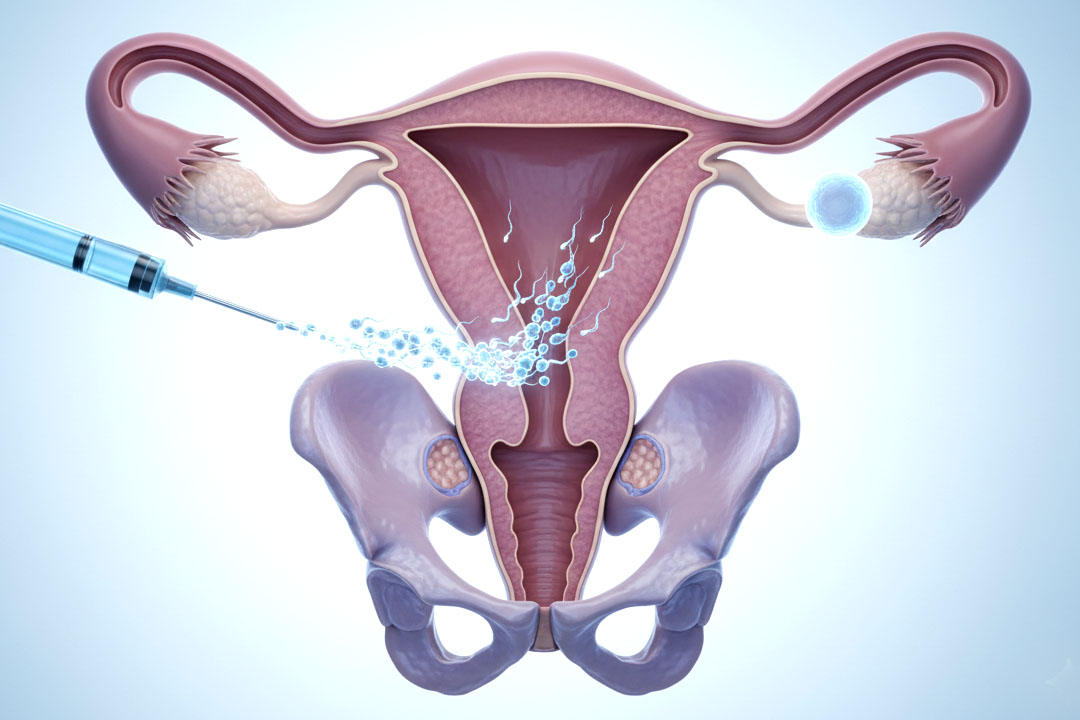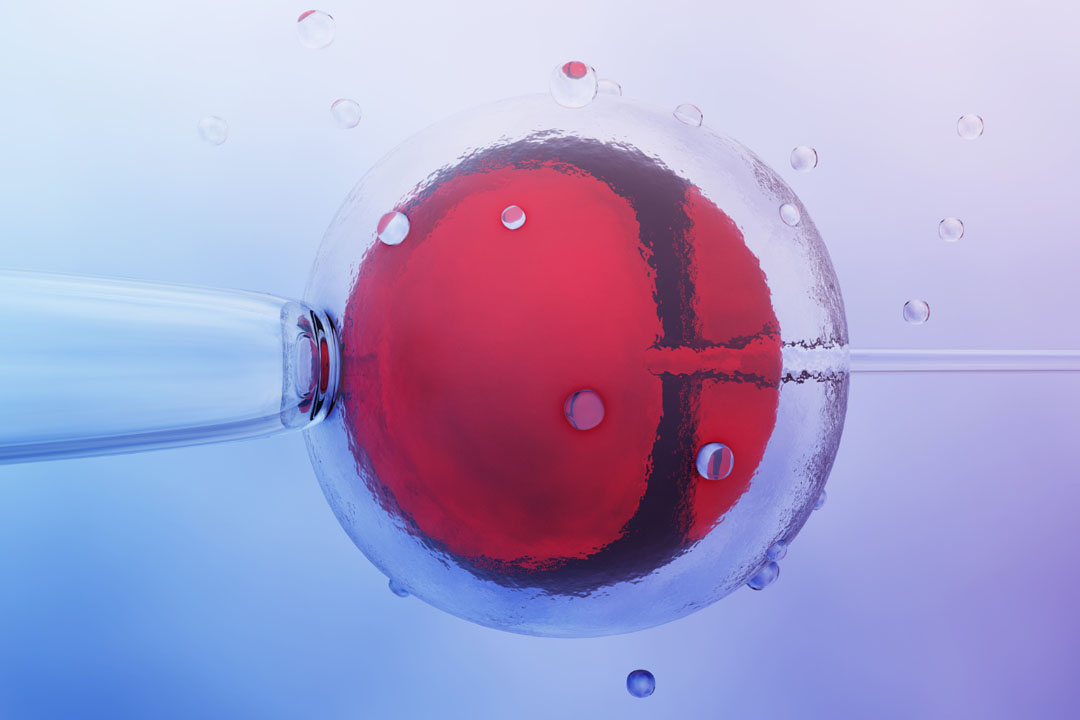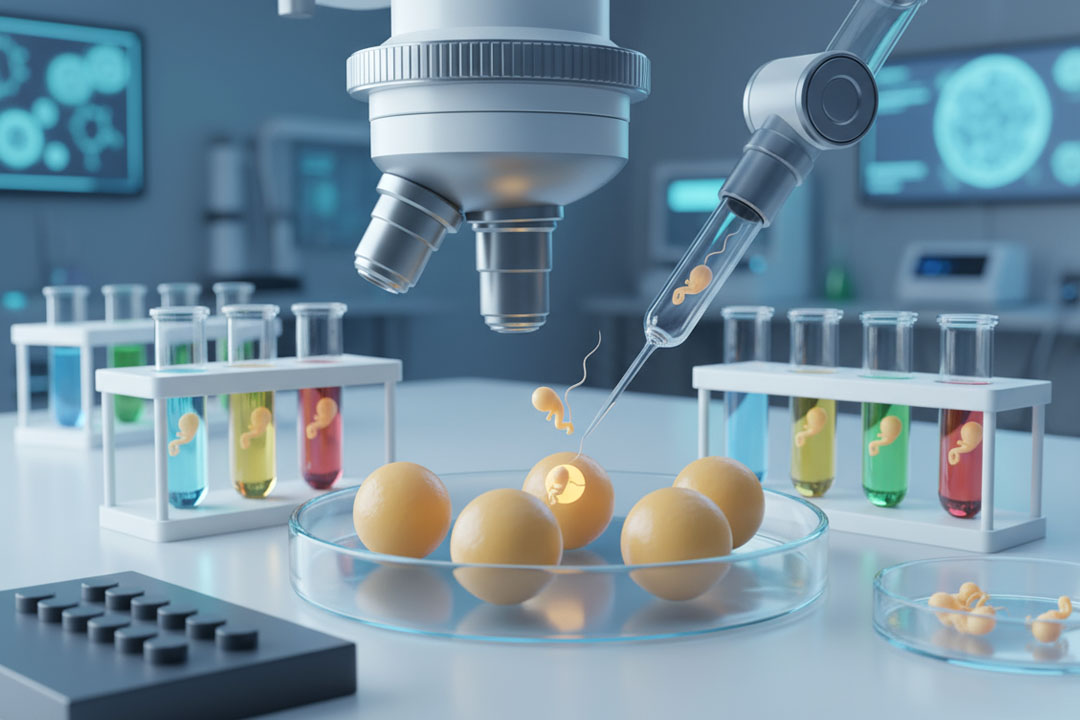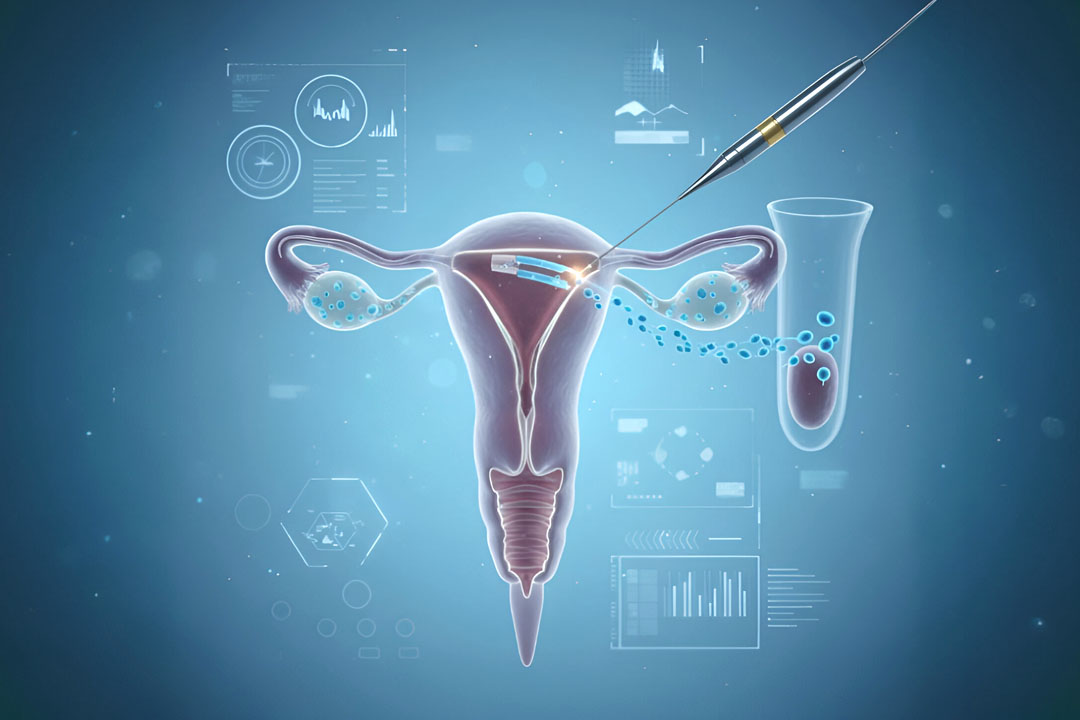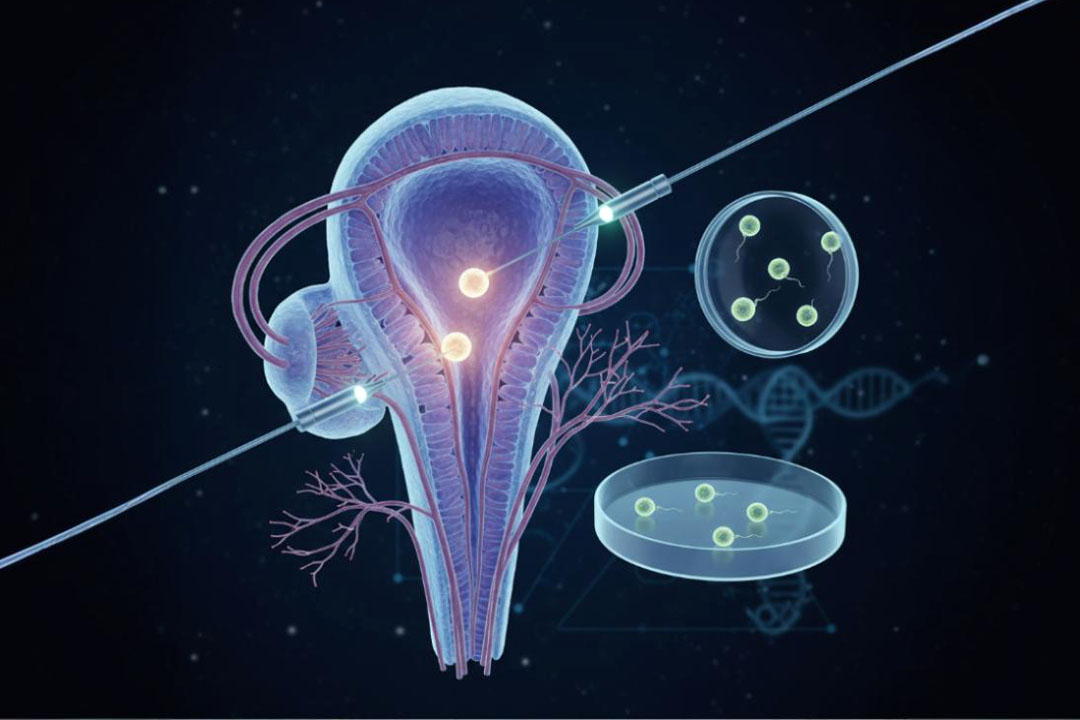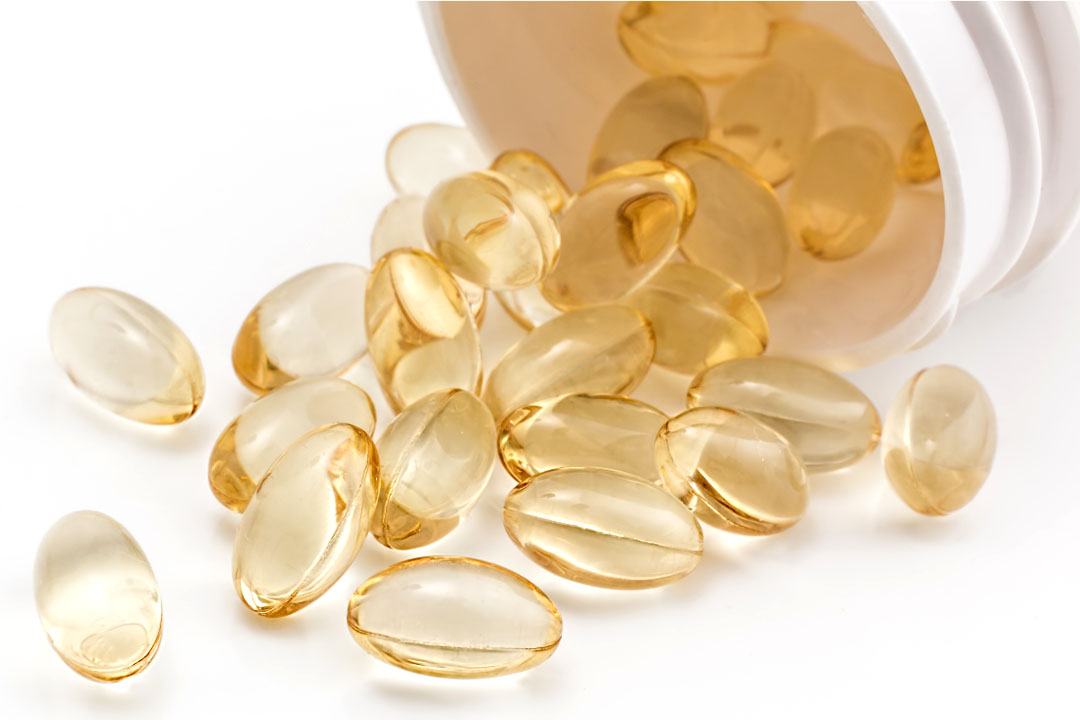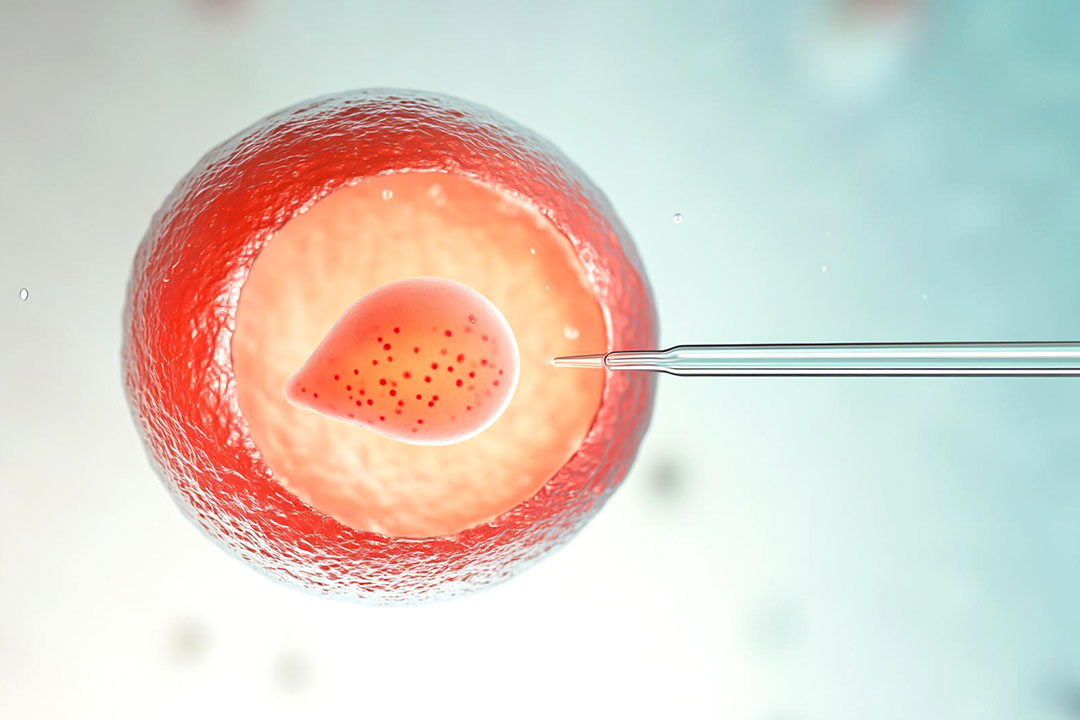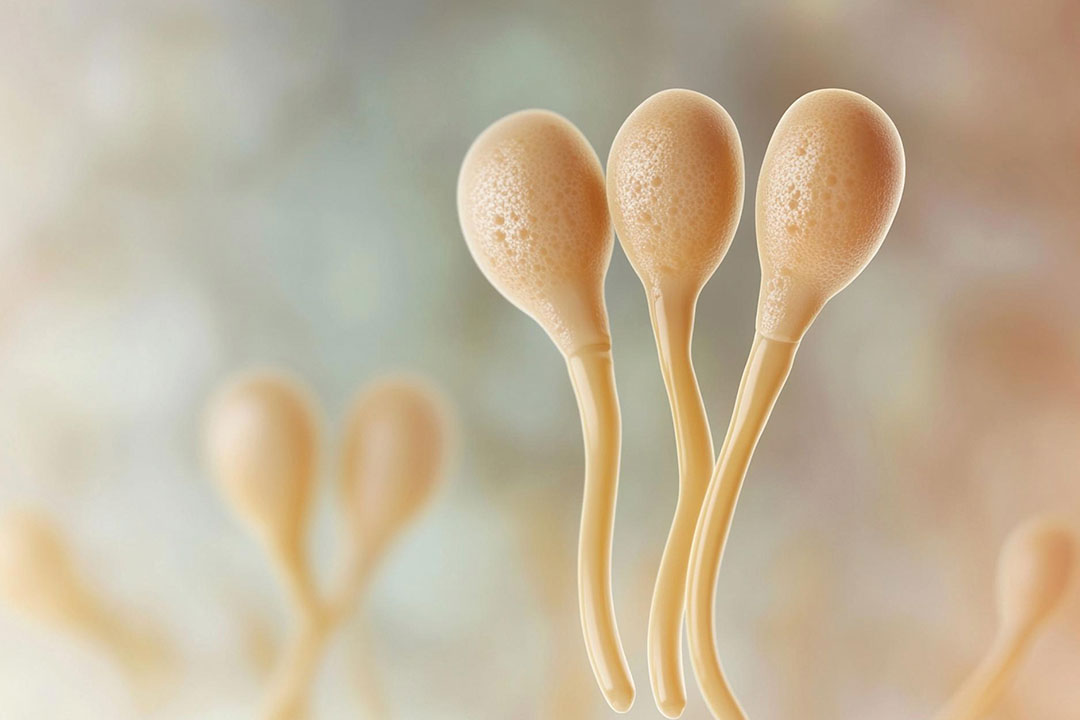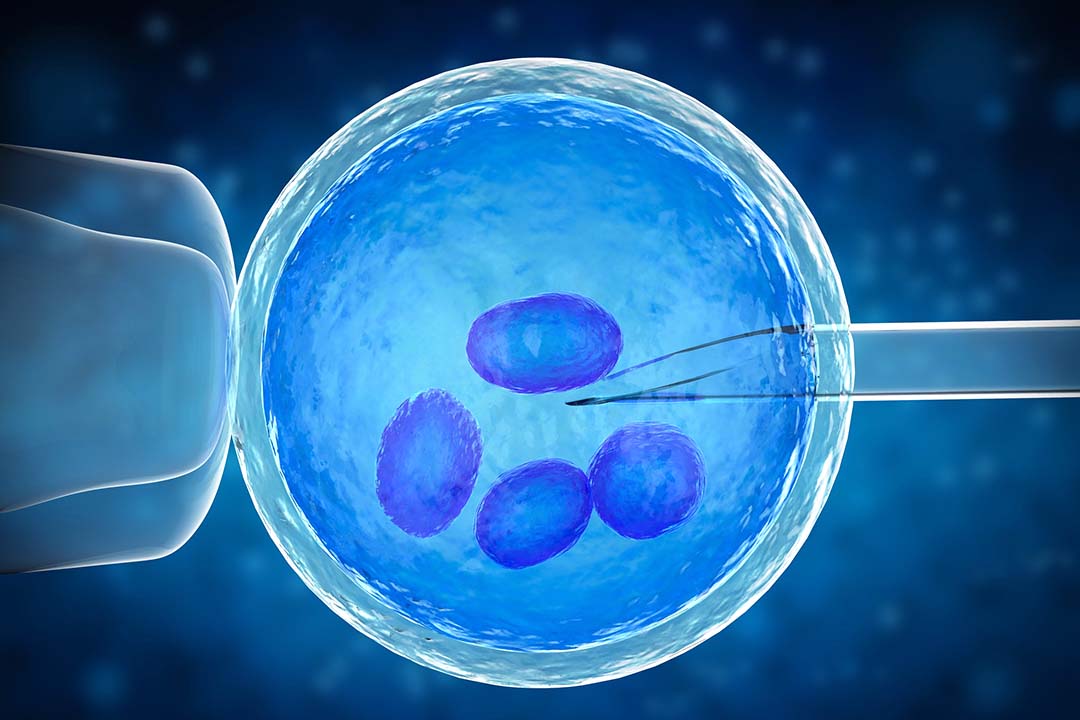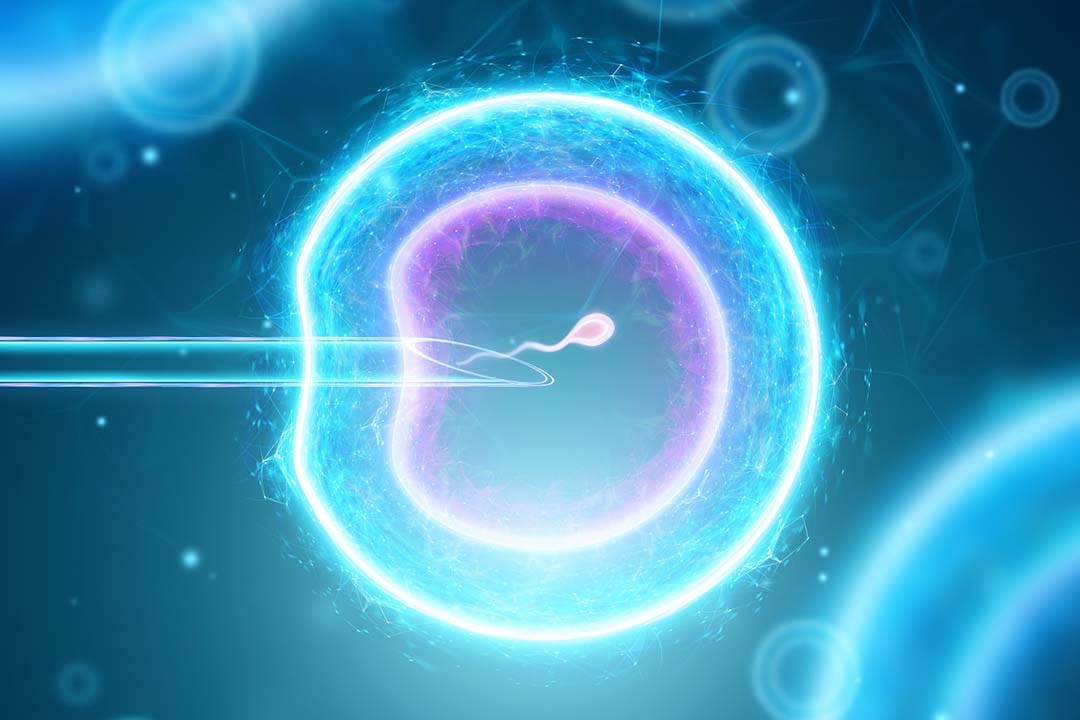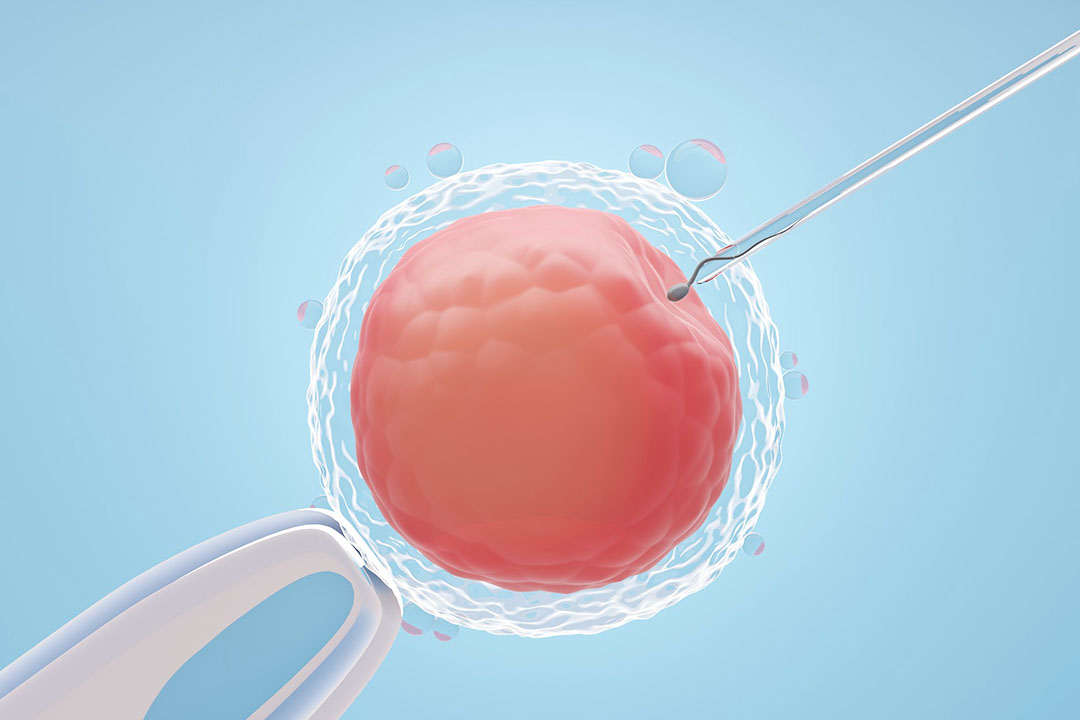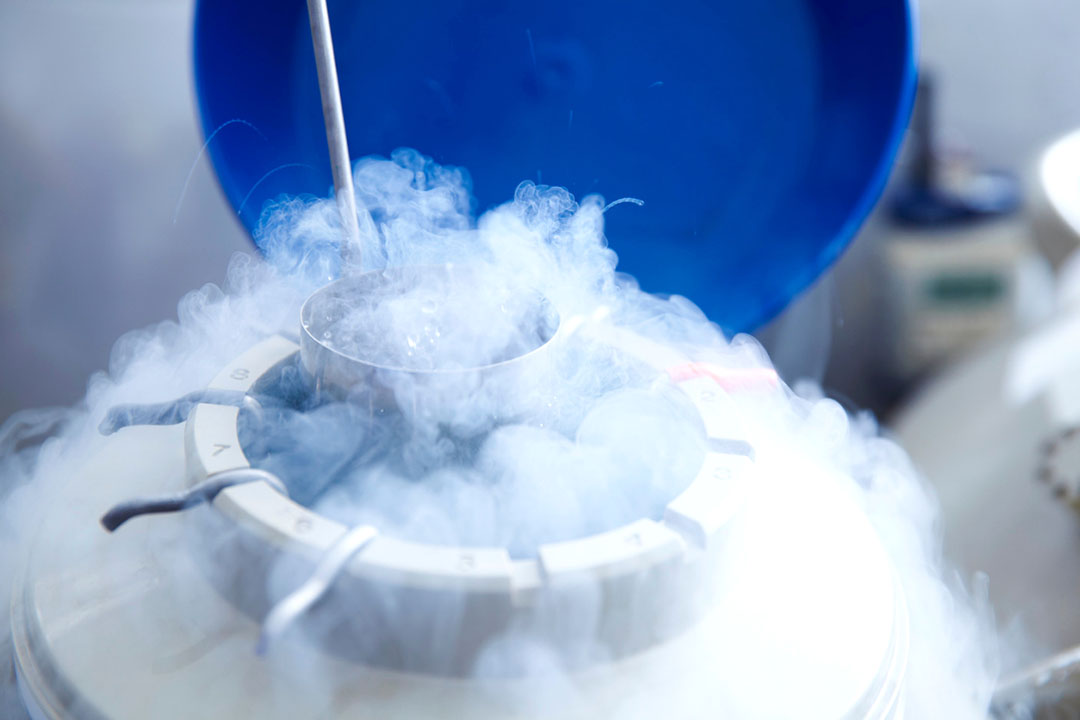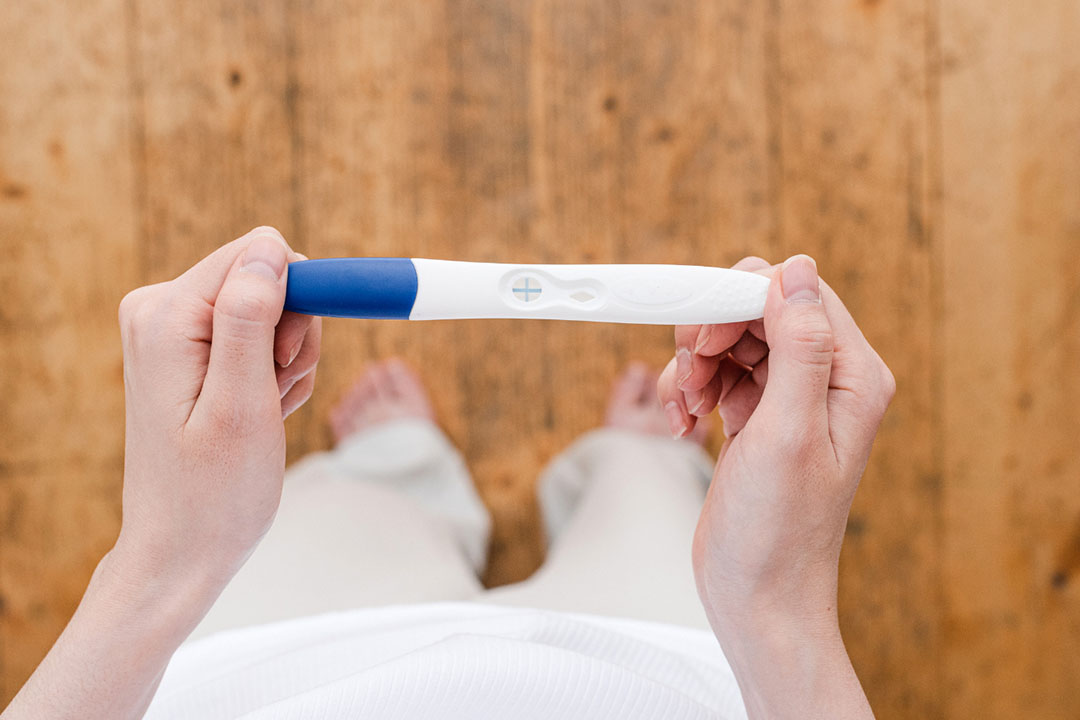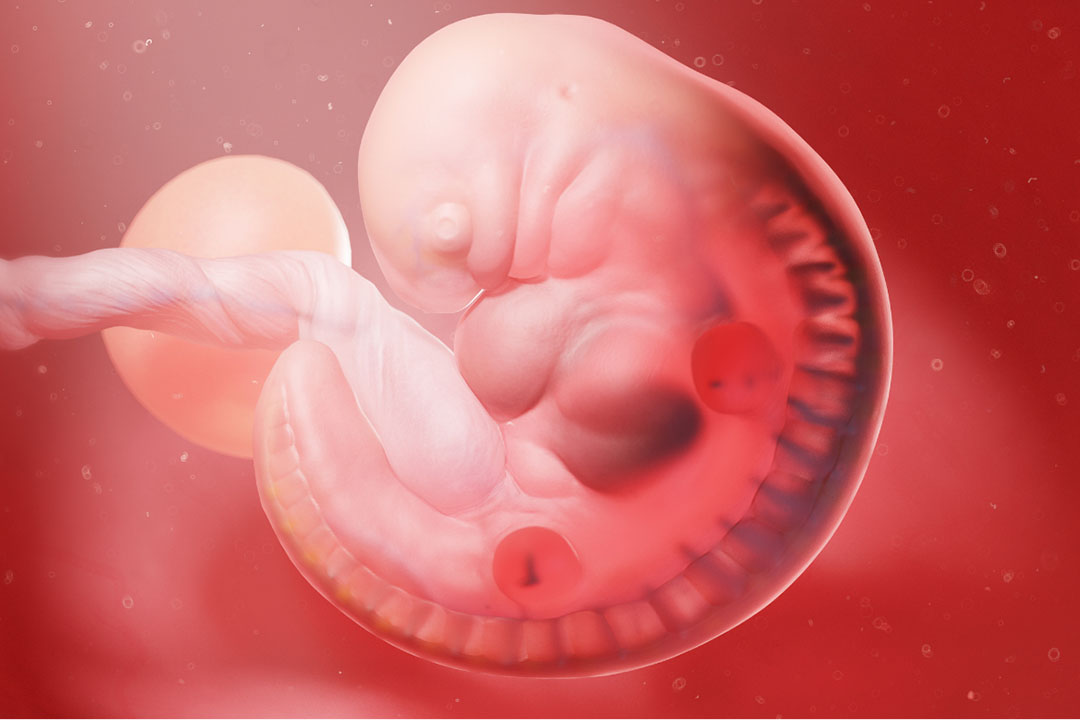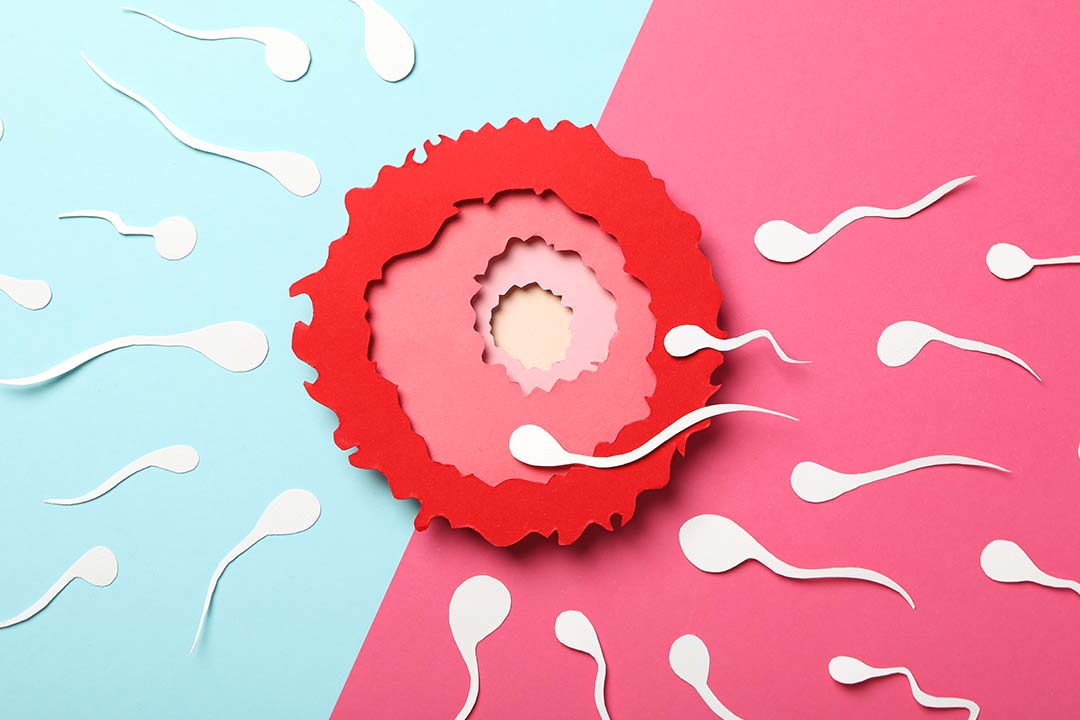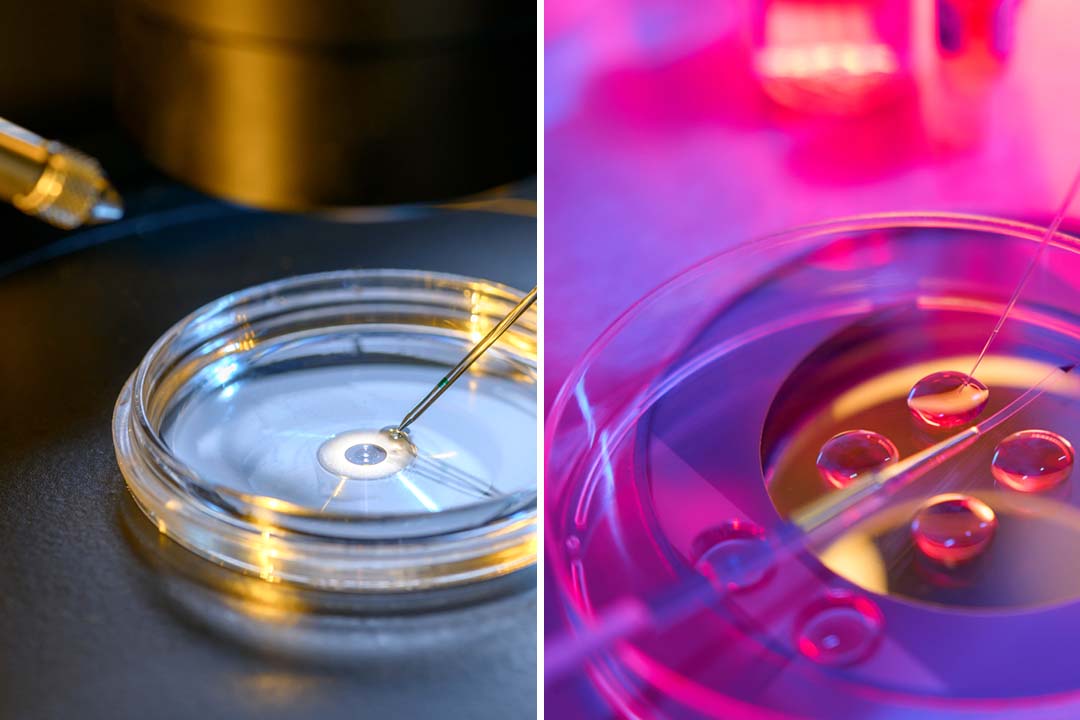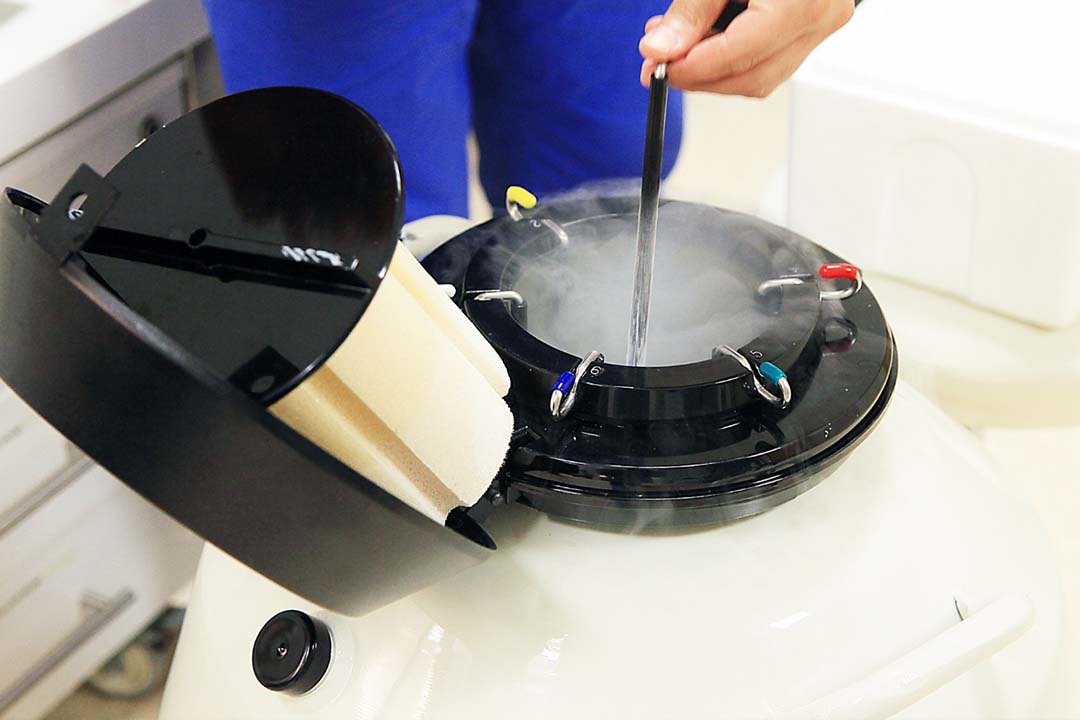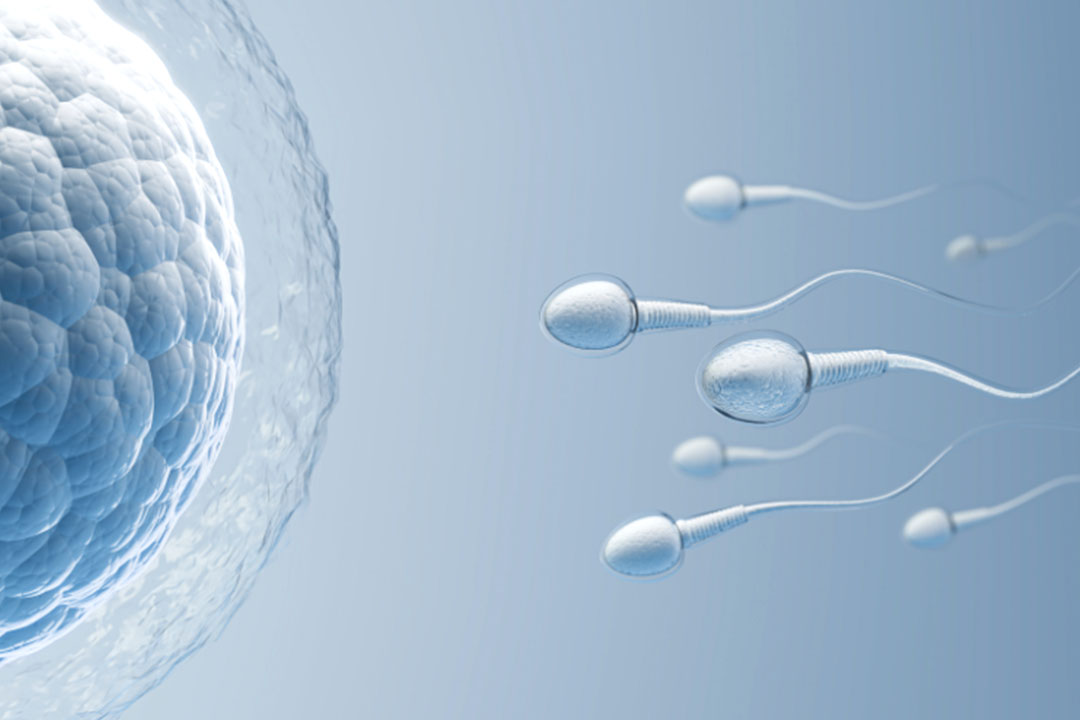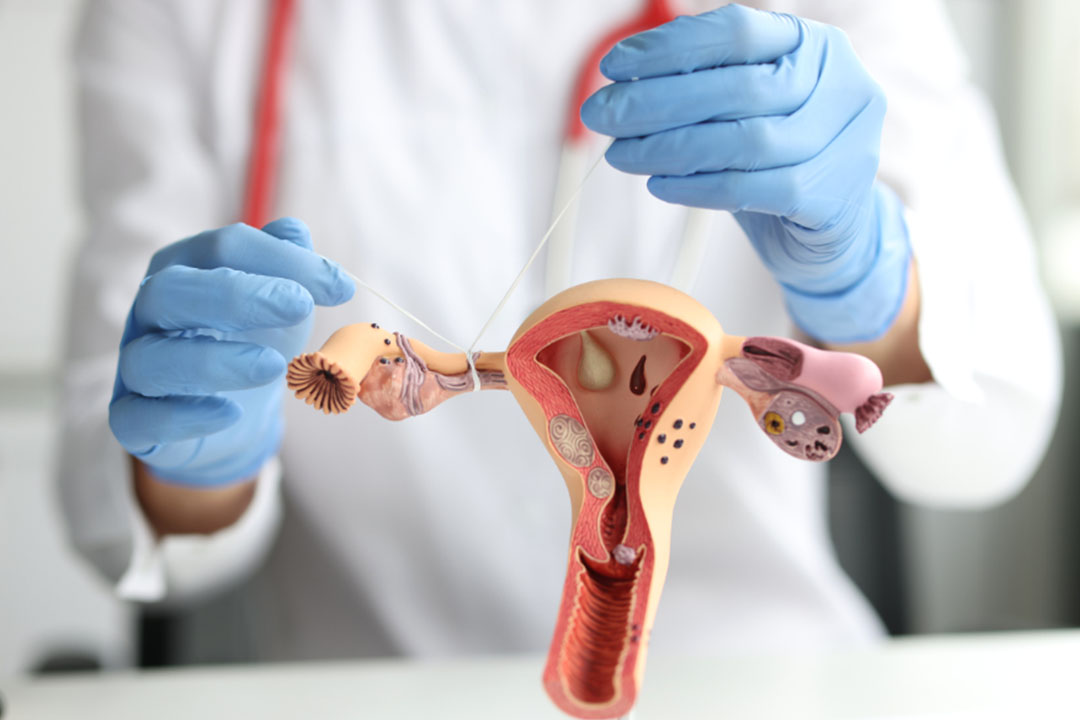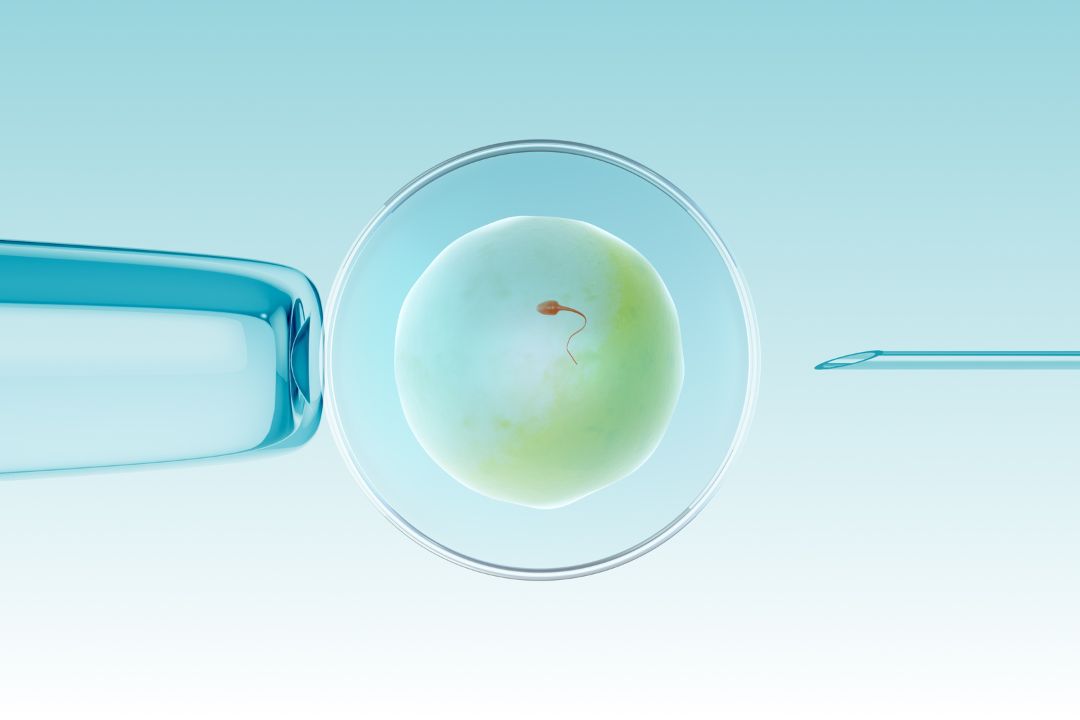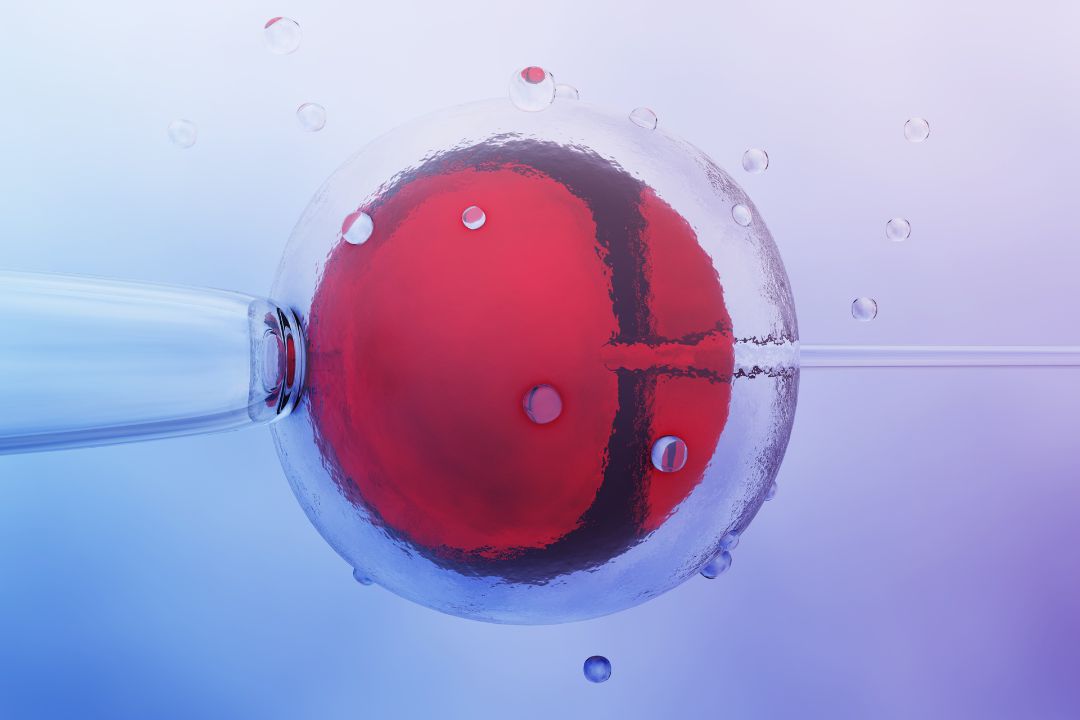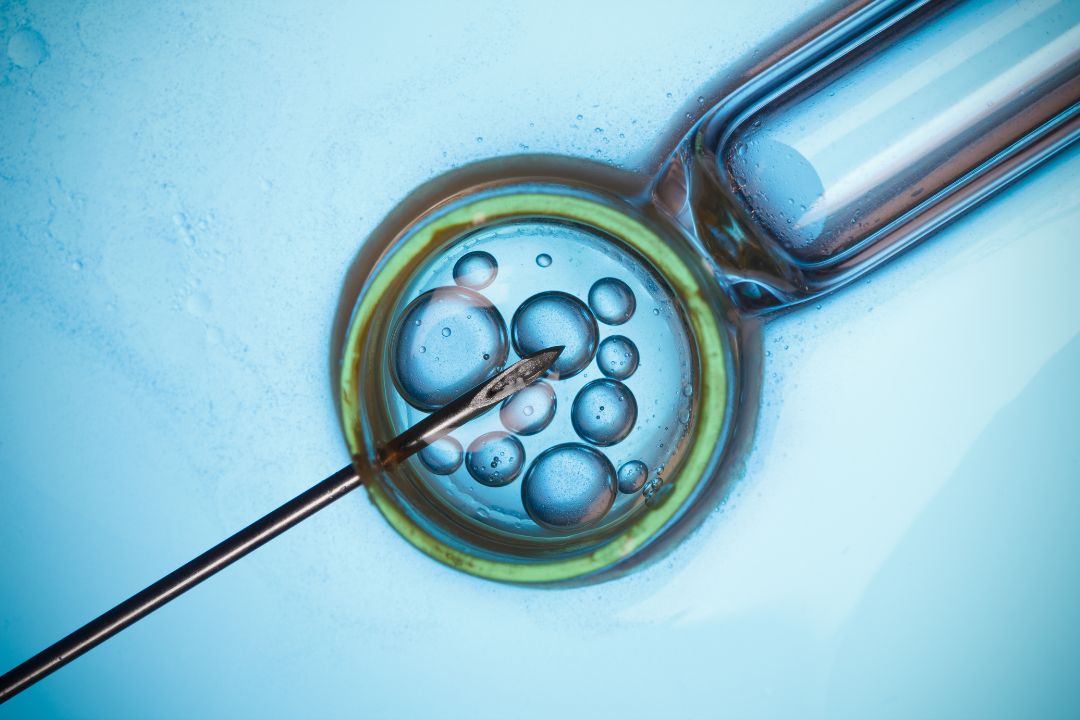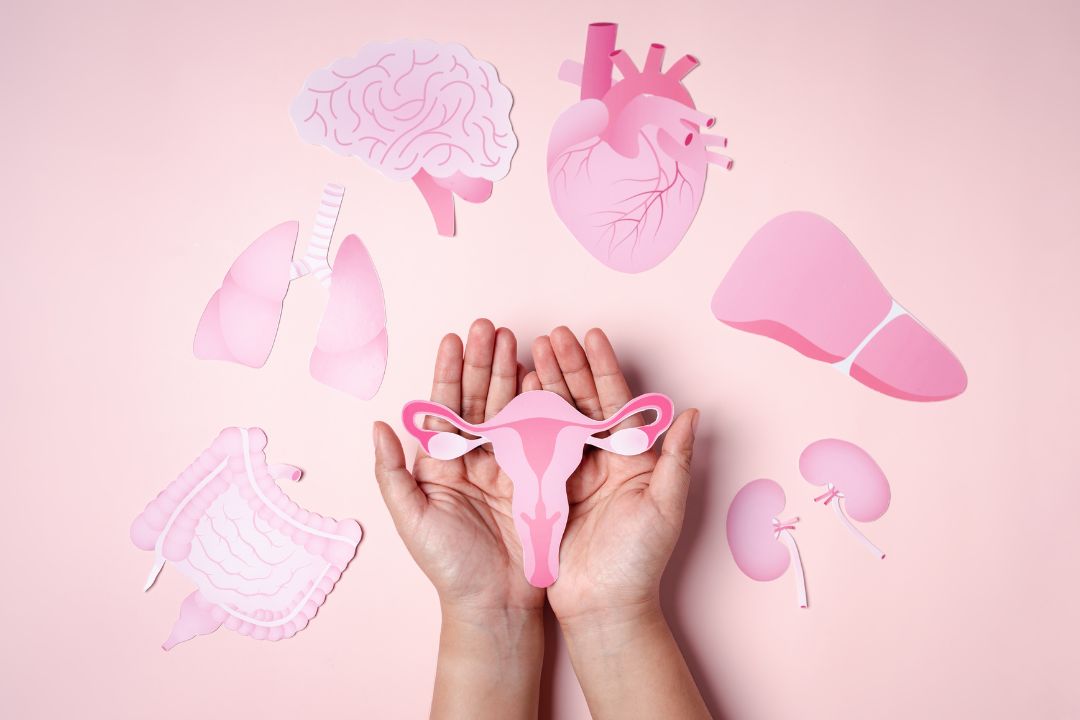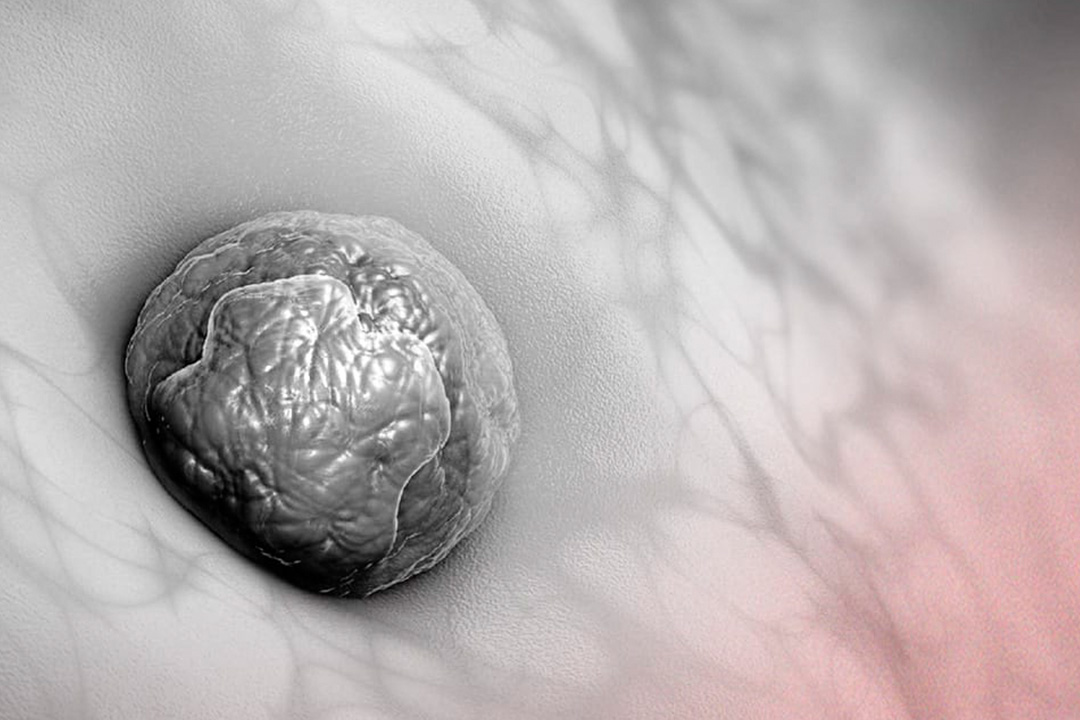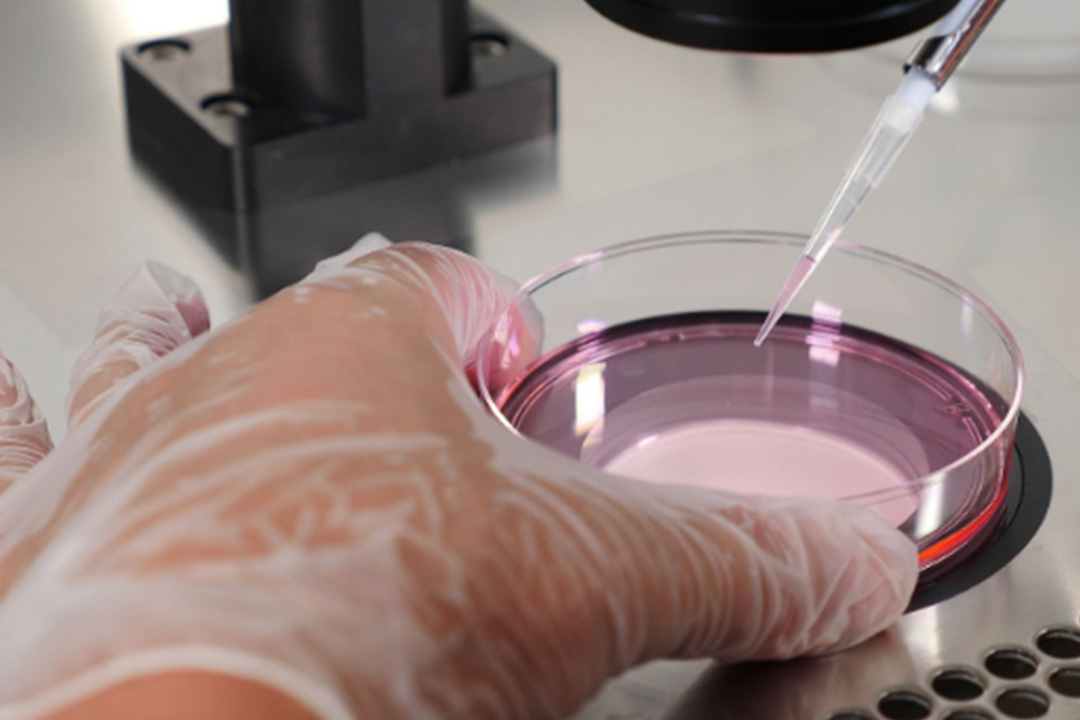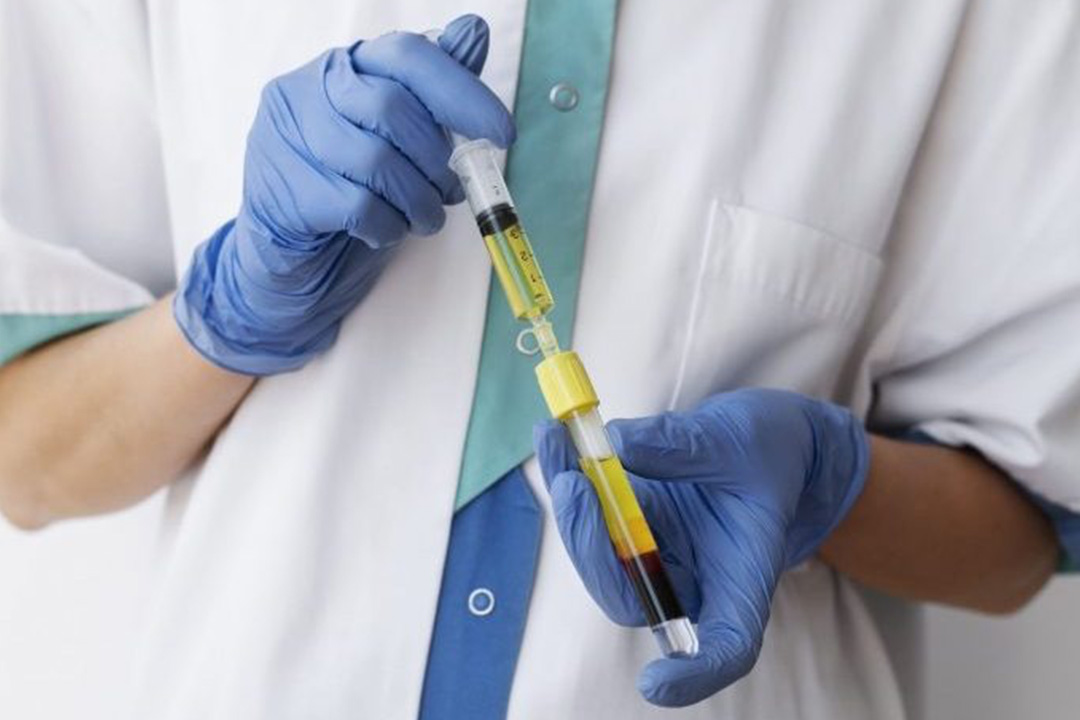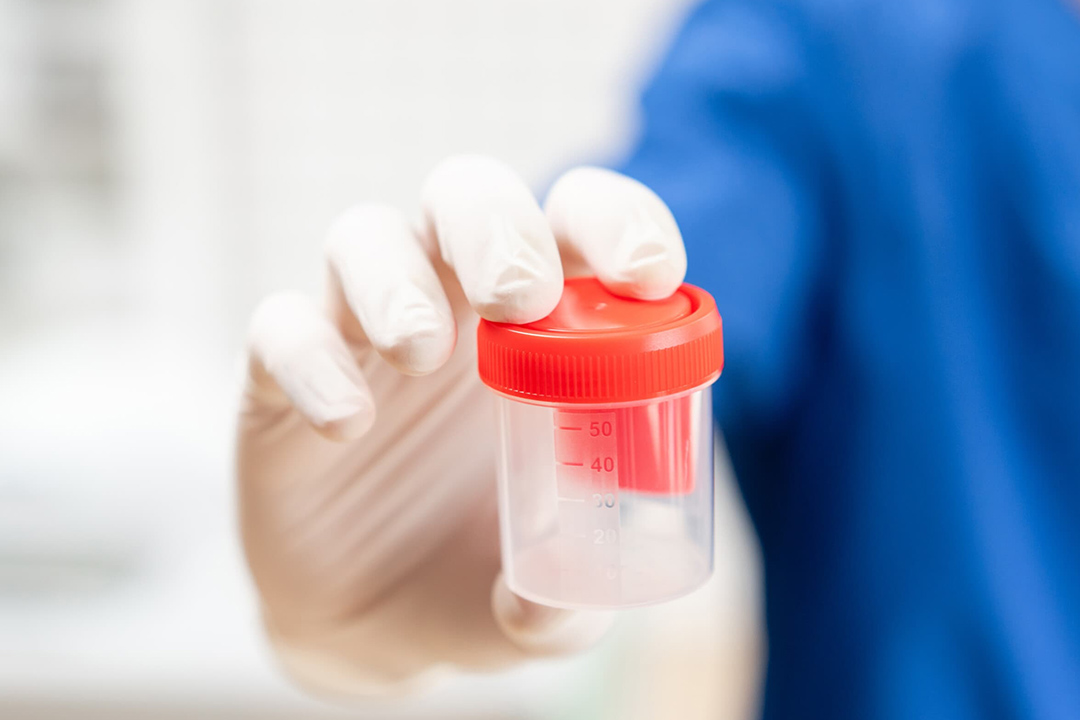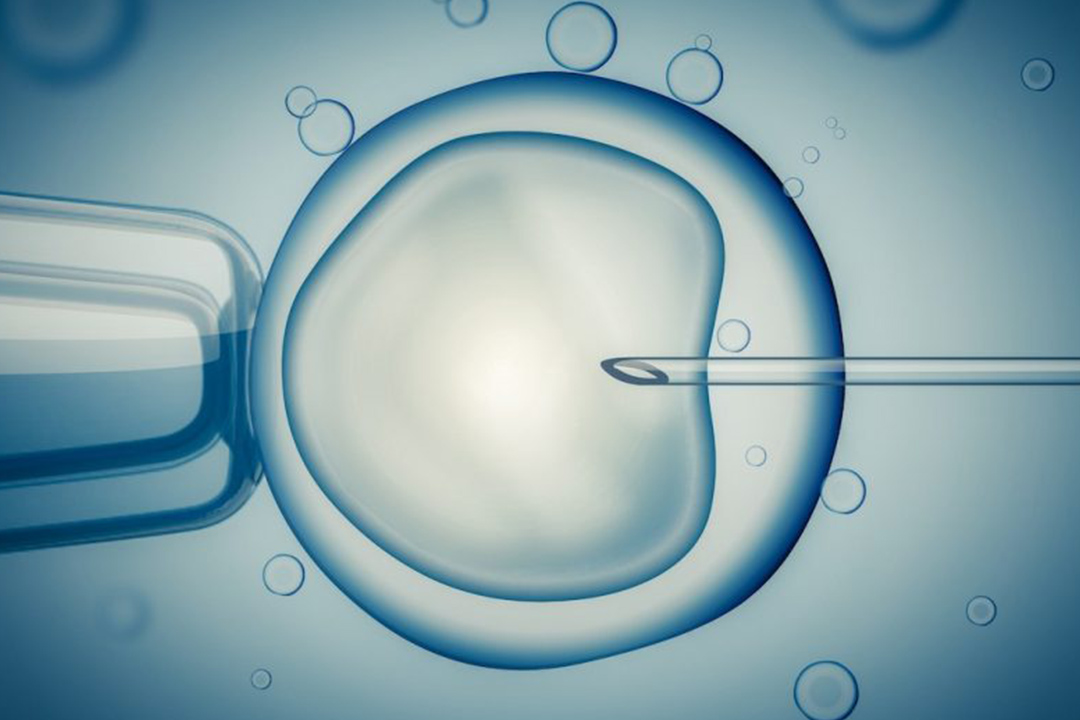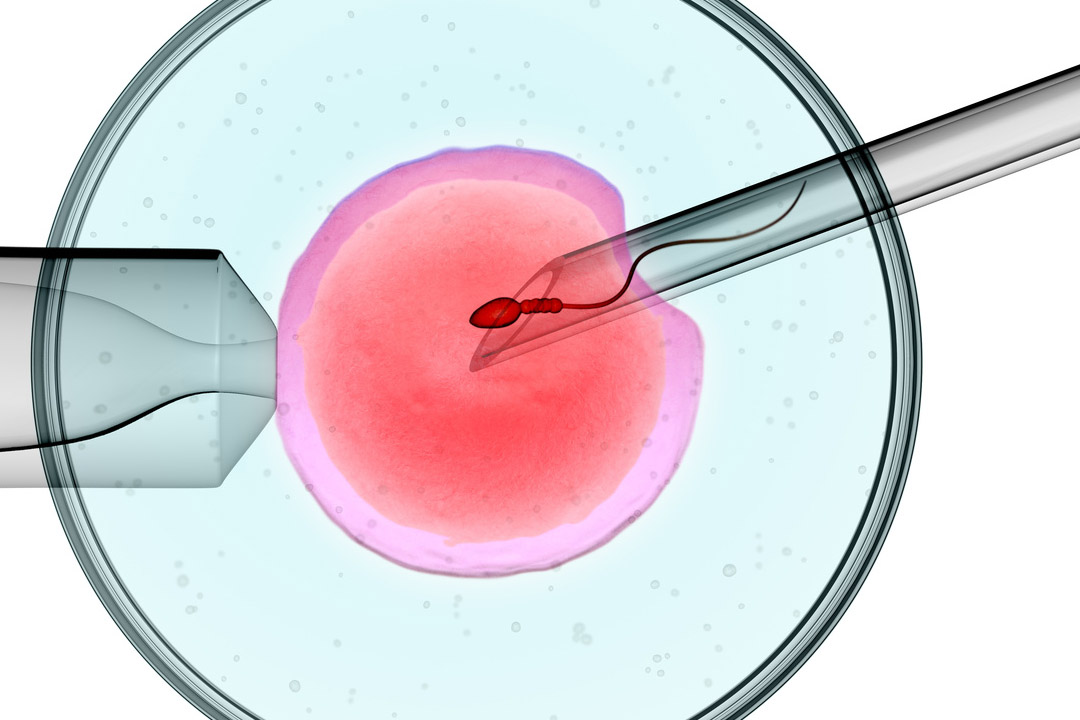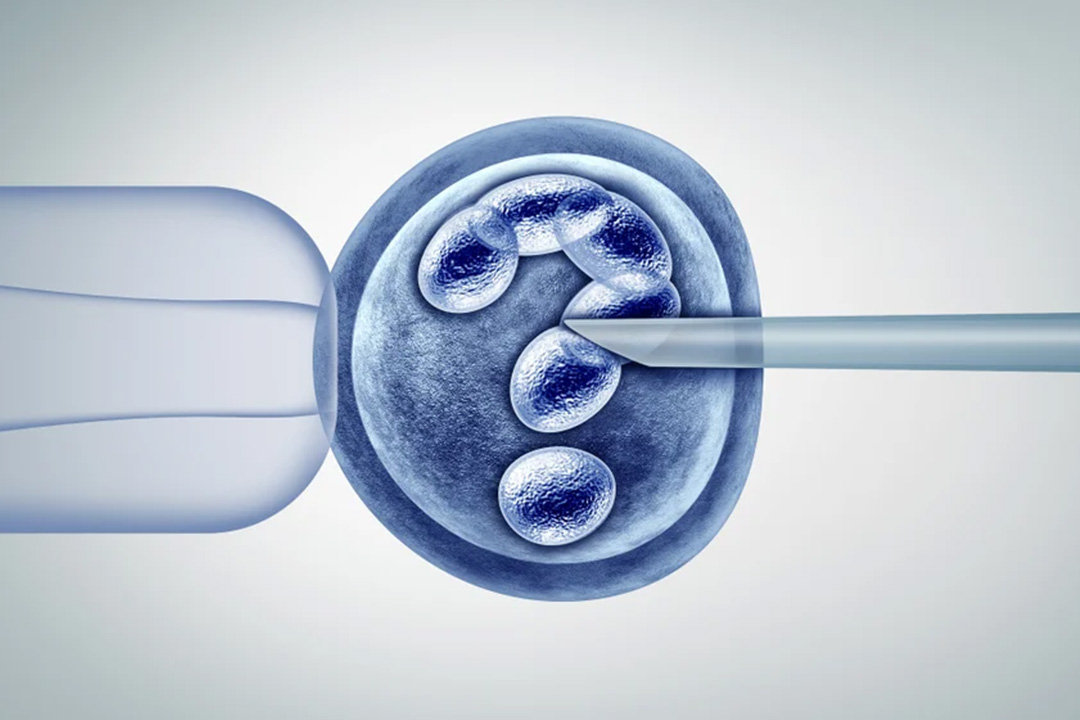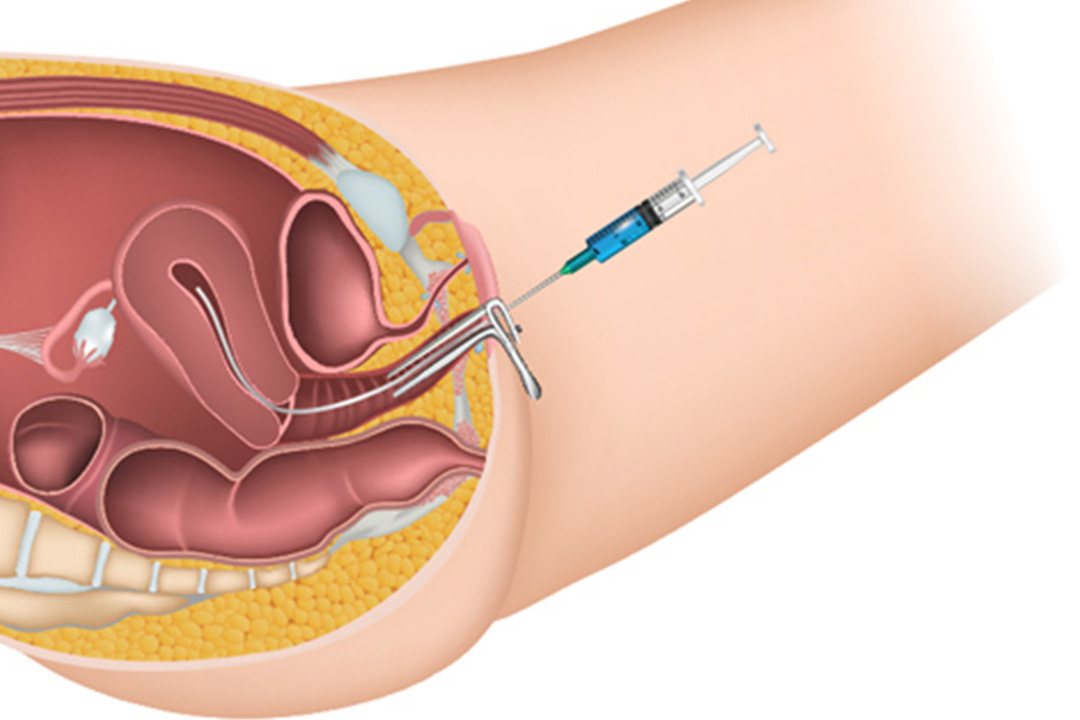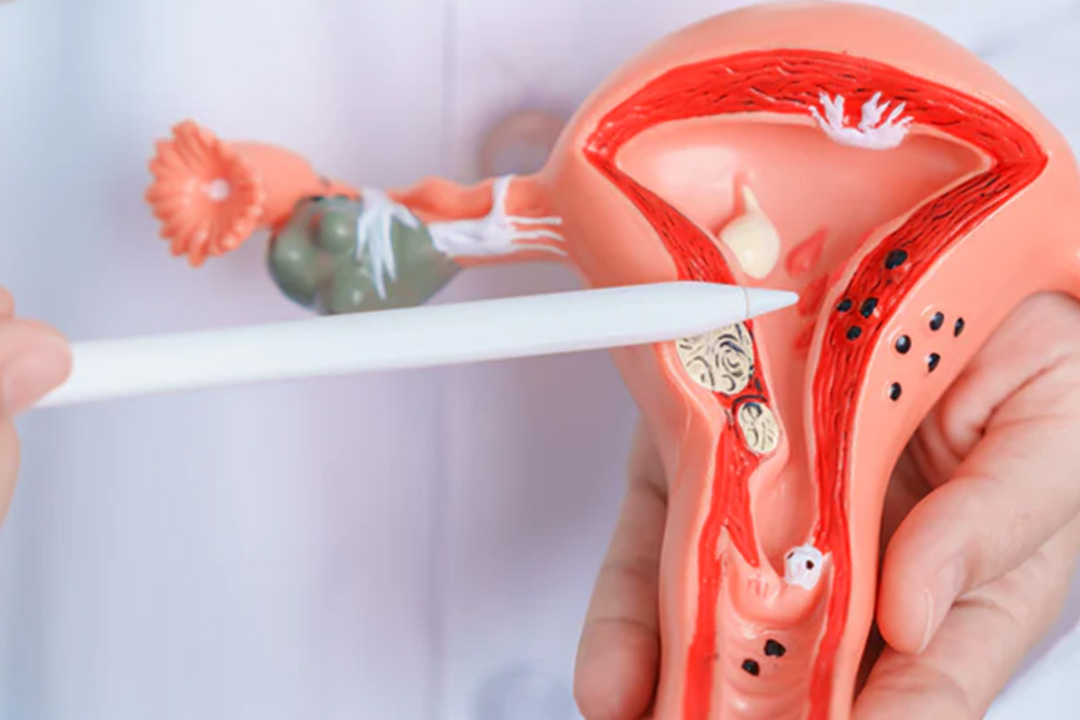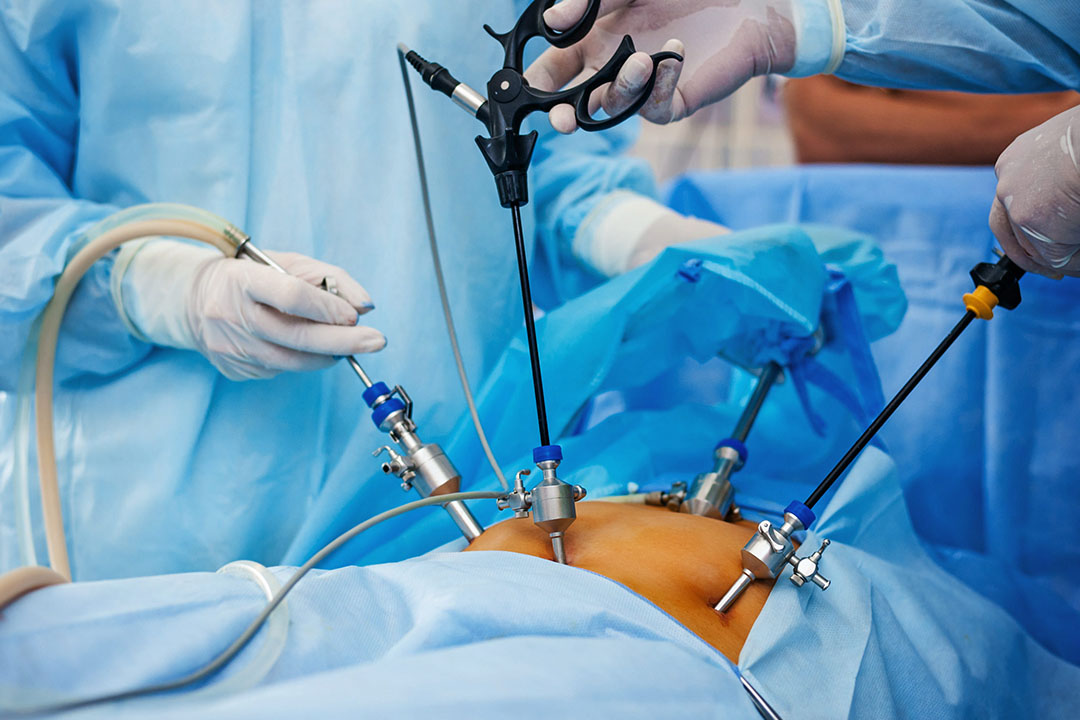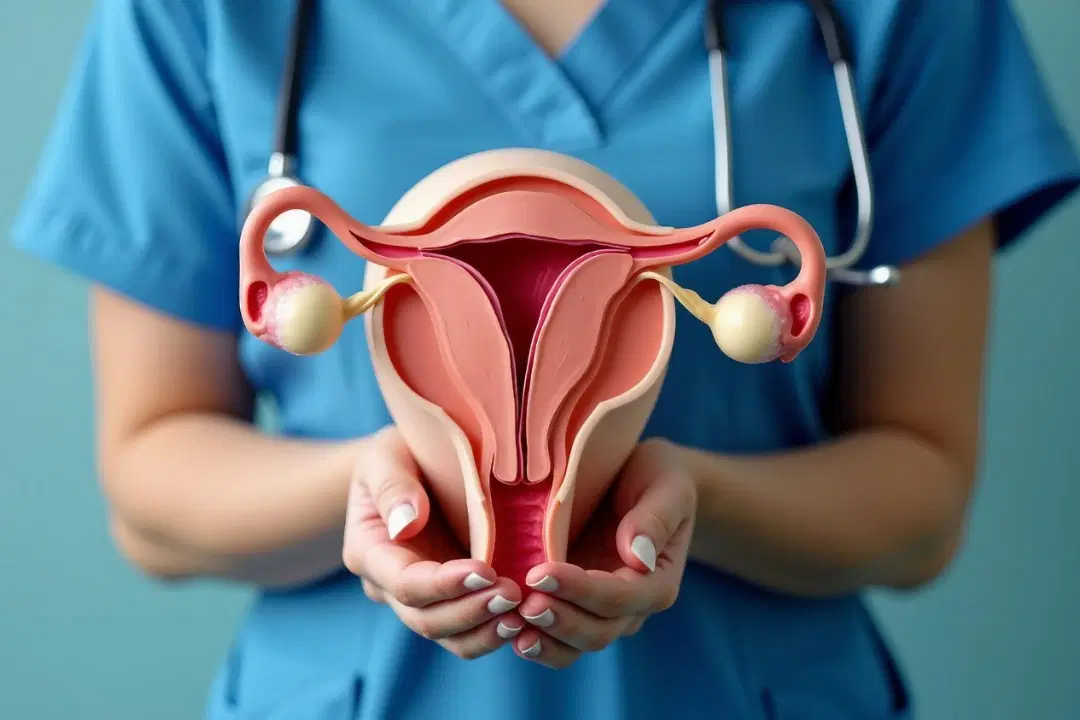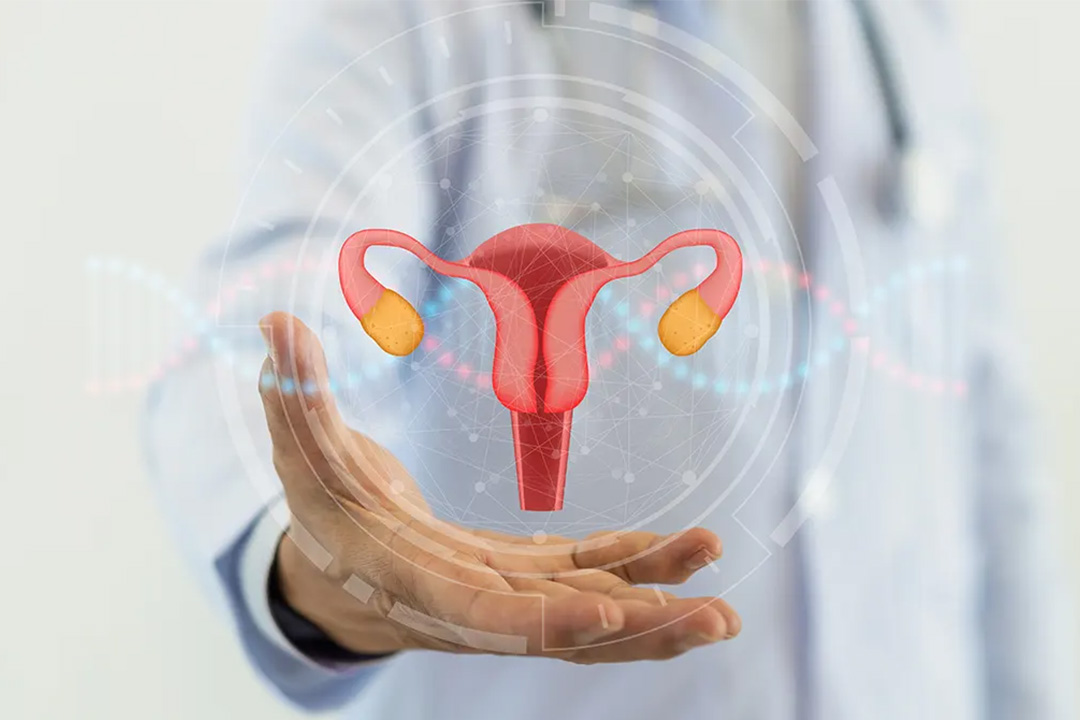ICSI vs IMSI: A Comprehensive Comparison for Fertility Treatment
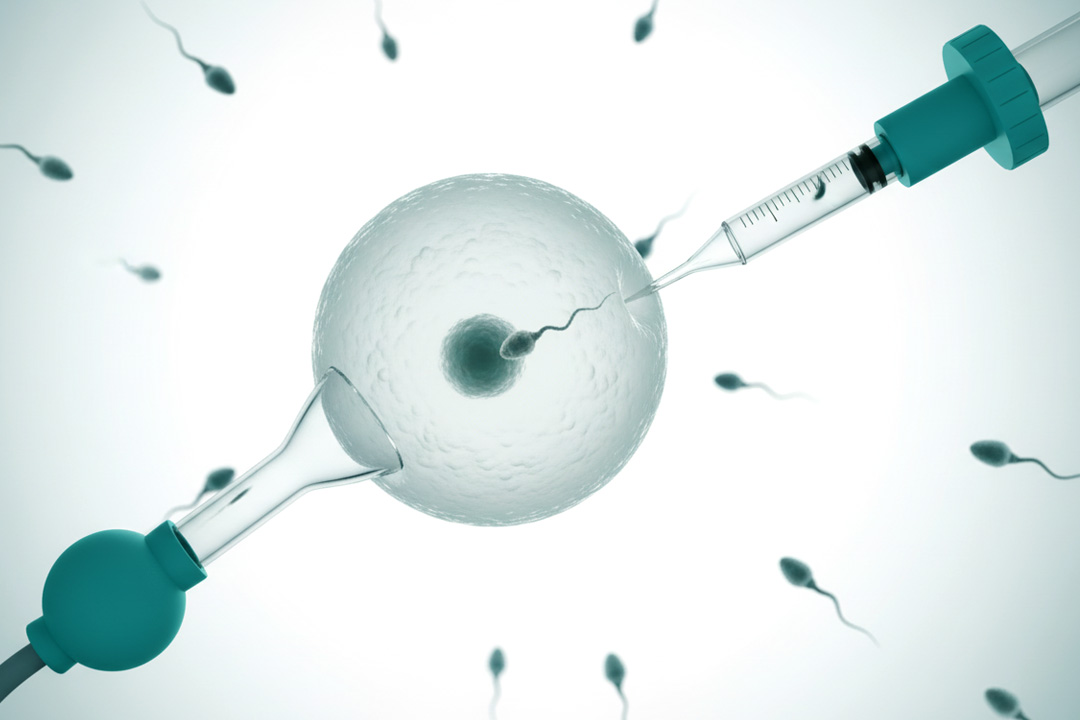
Infertility can be troubling for many people, especially when they have been trying to conceive for months or even years without success.
Modern reproductive medicine now offers several techniques to support them, and two of the most widely discussed options are Intracytoplasmic Sperm Injection (ICSI) and Intracytoplasmic Morphologically Selected Sperm Injection (IMSI).
While both fall under the broader umbrella of in vitro fertilization (IVF), their approaches differ in ways that can significantly influence the outcome.
ICSI has been around for many years and is often recommended when sperm quality or movement is severely affected. IMSI, on the other hand, is a more recent and advanced version of ICSI, providing even greater magnification to select healthier-looking sperm.
As a result, IMSI may offer benefits for specific couples, especially when previous IVF or ICSI cycles have not worked as expected.
Because every couple’s situation is unique, understanding how these two techniques differ is an important part of making informed choices.
This article breaks down the key aspects of ICSI and IMSI so readers can gain clarity and confidence while exploring fertility treatment options.
ICSI: A Standard Option in Male-Factor Fertility Care
ICSI is a specialized form of IVF commonly used when there is severe male-factor infertility. The technique involves selecting a single sperm and injecting it directly into an egg using a fine needle.
This bypasses many of the natural steps of fertilization, making it useful when sperm count, movement, or shape is significantly affected.
When is ICSI Recommended?
ICSI is usually suggested when:
- Sperm count is low
- Sperm movement (motility) is poor
- Sperm shape (morphology) is abnormal
- Previous IVF attempts did not achieve fertilization
- Sperm has to be surgically retrieved
- Sperm is frozen and its quality is reduced after thawing
ICSI increases the chance of fertilization because the sperm does not need to swim or penetrate the egg on its own.
How Does the ICSI Process Work?
The procedure follows the same initial steps as IVF:
Ovarian stimulation: The woman receives hormonal medications for around 10–12 days to grow multiple eggs.
- Egg retrieval: Mature eggs are collected under mild sedation or anesthesia.
- Sperm preparation: The best available sperm is isolated from the sample.
- Micro-injection: A single sperm is injected into each mature egg.
- Fertilization monitoring: Fertilized eggs (embryos) are observed for several days.
- Embryo transfer: One or more healthy embryos are placed into the uterus.
With ICSI, around 70% of retrieved mature eggs typically fertilize, though this varies among individuals.
IMSI: A More Advanced Sperm-Selection Technique
IMSI follows the same basic process as ICSI, but the difference lies in how sperm is selected.
Instead of using a standard microscope (which magnifies around 200–400 times), IMSI uses a digital high-magnification system that can enlarge sperm images up to 6000 times.
This allows embryologists to see even the smallest structural changes in the sperm head, including tiny vacuoles or abnormalities that are not visible during ICSI.
Why Does IMSI Matter? Selecting sperm with fewer structural irregularities may increase the chances of forming healthier embryos. This is why IMSI is often recommended to couples who have had:
- Multiple failed ICSI or IVF cycles
- Poor embryo development in previous attempts
- Repeated miscarriages
- Severe abnormalities in sperm morphology
How is IMSI Performed? The procedure differs from ICSI only during the sperm-selection step:
- Sperm are examined under an extremely high-powered imaging system.
- Embryologists exclude sperm with visible structural issues.
- The best-looking sperm are injected into the eggs (same as ICSI).
Because the sperm selection is more refined, IMSI may help improve fertilization quality in certain cases.
ICSI vs IMSI: What’s the Real Difference?
Although both techniques involve injecting a single sperm into the egg, their main distinction is how sperm is chosen.
| Feature | ICSI | IMSI |
|---|
| Magnification used | ~200–400× | Up to 6000× |
| Primary purpose | Assist fertilization in male-factor infertility | Select morphologically healthier sperm for improved outcomes |
| Best suited for | Low sperm count, low motility, abnormal semen results, prior IVF failures | Recurrent ICSI failures, severe sperm abnormalities, poor embryo quality, recurrent pregnancy loss |
| Technology level | Standard internationally used method | More advanced, not available everywhere |
| Chances of fertilization | ~70% eggs typically fertilize (varies per case) | Comparable or slightly improved in selected cases |
| Risk of abnormalities | Slightly higher than natural conception due to sperm quality issues | Lower risk reported in some studies due to enhanced sperm selection |
| Cost (approx.) | ₹70,000–₹1,50,000 (varies by city & clinic) | ₹1,20,000–₹2,50,000 (varies by region & technology used) |
| Availability | Wide availability | Limited to specialized IVF labs |
| Live birth outcomes | Around 20–25% per cycle | 20–30% per cycle (varies; may help certain groups more) |
Which Couples May Benefit More from IMSI?
IMSI may be helpful when the key issue is sperm structure. The first line of explanation is that IMSI is chosen when couples need a more detailed assessment of sperm structure. This is useful when earlier ICSI attempts did not work well, or when embryos consistently stop growing early.
IMSI allows embryologists to avoid sperm with subtle defects, potentially improving embryo development and reducing chances of miscarriage.
ICSI remains the preferred method for general male-factor infertility. ICSI continues to be the standard because it works well in most male-factor cases, especially when the sperm count or movement is extremely low.
Are the Success Rates Different?
Success depends more on individual factors than the technique alone. While IMSI may improve outcomes for selected couples, it is not always superior to ICSI for everyone. Fertility success is influenced by:
IUI works best in:
- Woman’s age
- Egg quality
- Sperm genetic health
- Uterine environment
- Number of previous treatments
It works less effectively in:
Some studies report slightly higher pregnancy and lower miscarriage rates with IMSI in couples with repeated failures or severe sperm abnormalities. However, for first-time IVF patients with routine male-factor infertility, ICSI often works equally well.
Risks Associated with ICSI and IMSI
Both ICSI and IMSI carry similar risks because they are part of the IVF process. These include:
- Ovarian hyperstimulation due to fertility medications
- Mild discomfort after egg retrieval
- Multiple pregnancy if more than one embryo is transferred
ICSI-specific considerations
Since sperm selection is less detailed than IMSI, some research shows a small increase in:
- Developmental delays
- Certain birth anomalies
- Hypospadias or hormone disorders
Although the absolute risk remains low, these findings highlight the importance of improved sperm selection.
IMSI-specific considerations
IMSI may lower the likelihood of abnormalities because sperm selection is more refined. Some observational studies have reported:
- Lower congenital anomaly rates
- Reduced miscarriage rates
- Improvements in embryo development
However, IMSI is still evolving, and more widespread clinical data continues to accumulate.
How Much Do These Procedures Cost in India?
The cost varies widely across regions and depends on the clinic’s technology and expertise.
Approximate cost range (India):
- ICSI: ₹70,000–₹1,50,000
- IMSI: ₹1,20,000–₹2,50,000
These costs typically include the sperm-injection procedure but may exclude medications, blood tests, scans, and embryo freezing charges.
Frequently Asked Questions
1. Is IVF or ICSI right for me if I am 30 years old?
Age 30 is generally favorable for IVF or ICSI because egg quality tends to be good at this stage. The choice depends more on your fertility evaluation rather than age alone.
2. Does IMSI guarantee higher success than ICSI?
IMSI may help in specific cases, especially after repeated failures, but it does not guarantee higher success for everyone. Each couple’s condition determines the outcome.
3. Is IMSI painful?
The sperm-selection process itself is lab-based and painless. The woman undergoes the same minor procedures as in standard IVF.
4. What is the difference in time duration between ICSI and IMSI?
The overall IVF timeline remains the same. IMSI only adds time during the sperm-selection step.
5. Is IMSI worth the extra cost?
It may be worthwhile for couples with severe sperm abnormalities or repeated IVF failures. For others, ICSI alone is often sufficient.
6. Can IMSI reduce miscarriage rates?
Some studies suggest a reduction in miscarriage rates in selected groups because better sperm selection may improve embryo quality.
7. Does ICSI increase the risk of birth defects?
There is a slightly higher risk compared with natural conception, mainly due to underlying sperm issues. However, the overall risk is still low.
8. Can I use frozen sperm for both techniques?
Yes. Both ICSI and IMSI can be performed using frozen sperm.
9. How long does the embryo take to reach the blastocyst stage?
Embryos usually reach the blastocyst stage by day 5 after fertilization, regardless of whether ICSI or IMSI is used.
Conclusion
Both ICSI and IMSI are valuable tools in assisted reproduction. ICSI remains the standard technique for male-factor infertility and works well in most cases. IMSI provides an additional level of refinement in sperm selection, which may benefit couples with repeated failed cycles or severely abnormal sperm.
Ultimately, the “better” technique depends on each couple’s individual circumstances. A careful evaluation by an experienced fertility team, along with open discussions about goals, budget, and past treatment history, plays a big role in choosing the right method.
About Us
AKsigen IVF is a premier center for advanced fertility treatments, with renowned fertility experts on our team. Specializing in IVF, ICSI, egg freezing, and other cutting-edge reproductive technologies, AKsigen IVF is committed to helping couples achieve their dream of parenthood. With personalized care and a patient-first approach, AKsigen IVF provides comprehensive fertility solutions under one roof.








